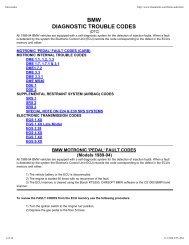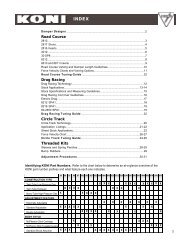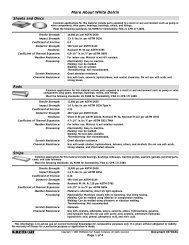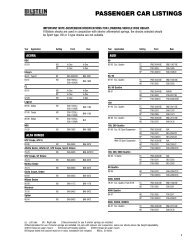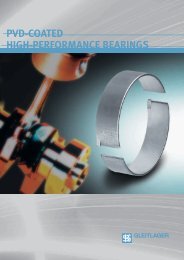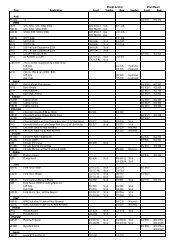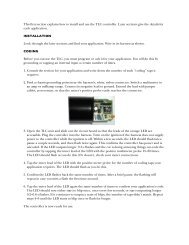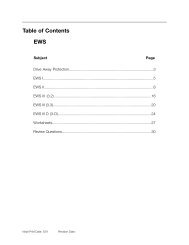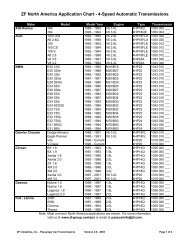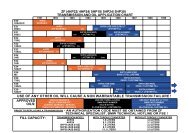Table Of Contents
Table Of Contents
Table Of Contents
You also want an ePaper? Increase the reach of your titles
YUMPU automatically turns print PDFs into web optimized ePapers that Google loves.
Principle of Operation<br />
Emissions Management controls evaporative and exhaust emissions. The ECM monitors<br />
the fuel storage system for evaporative leakage and controls the purging of evaporative<br />
fuel. The ECM monitors and controls the exhaust emissions by regulating the combustible<br />
mixture and after treating by injecting fresh air into the exhaust system. The catalytic converter<br />
further breaks down remaining combustible exhaust gases and is monitored by the<br />
ECM for catalyst efficiency.<br />
12410016.eps<br />
The Evaporative Leakage Detection is performed on the fuel storage system by the DM<br />
TL pump which contains an integral DC motor that is activated by the ECM. The ECM monitors<br />
the pump motor operating current as the measurement for detecting leaks.<br />
The pump also contains an ECM controlled change over valve that is energized closed during<br />
a Leak Diagnosis test. The ECM only initiates a leak diagnosis test every second time<br />
the criteria are met. The criteria is as follows:<br />
• Engine OFF with ignition switched OFF.<br />
• ECM still in active state or what is known as “follow up mode” (ECM Relay energized,<br />
ECM and components online for extended period after key off).<br />
• Prior to Engine/Ignition switch OFF condition, vehicle must have been driven for a minimum<br />
of 20 minutes.<br />
• Prior to minimum 20 minute drive, the vehicle must have been OFF for a minimum of 5<br />
hours.<br />
70<br />
MS S54 Emissions Management



